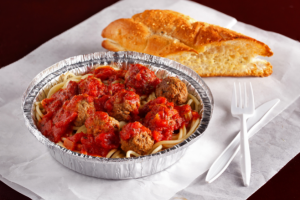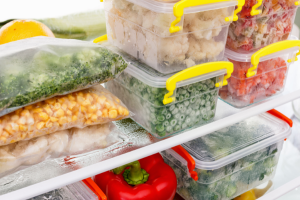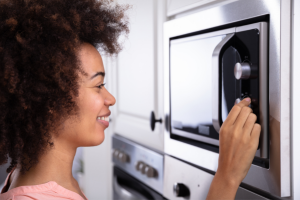Foodborne illnesses are caused by eating food or drinks contaminated by pathogens. The Food and Drug Administration estimates there are about 48 million cases of foodborne illnesses a year. The illness is costly, event life-threatening; yet, it can be prevented with simple steps. Protect your family, whether preparing food at home or when eating out, by taking these simple steps:
- Clean: Wash your hands and work surfaces.
- Separate: Keep your raw food separate from cooked food.
- Cook: Disease-causing bacteria can grow when food is not cooked to correct internal temperatures.
- Chill: The danger zone where bacteria can grow is between 40°F and 140°F.
Printable Tip Sheets
Kitchen and Food Safety

Know Who to Trust for Reliable Health Information
Learn to identify trustworthy sources for important health and wellness information.

Understanding Food Package Dates
Are we throwing food away unnecessarily? Perhaps. If you use the dates stamped on food products as your guide, you might need to revisit your strategy. So, what do those numbers mean? Learn more.
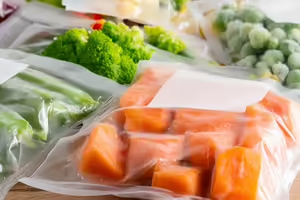
Easy Steps to Freezing Foods
Freezing is one of the easiest ways to store food for extended periods. Learn how to do it properly.
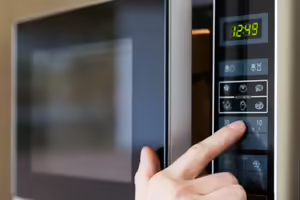
Use Microwaves Safely
Microwaves are a great way to save time and energy while preserving your favorite foods’ flavor and key nutrients. To make great tasting foods using your microwave, follow these tips.
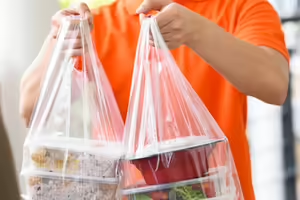
Carry Out Meal Safety
When it comes to food safety with takeout or grab-and-go meals, focus on three steps to keeping food safe: Clean, Cook, and Chill. Learn to do it correctly.
Disasters and Food Safety
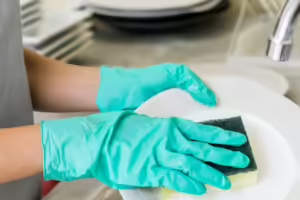
Clean and Sanitize the Kitchen
Learn how to maintain a clean and sanitized kitchen to prevent foodborne illness, protect your family's health, and ensure a safe and efficient environment.
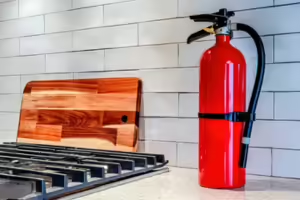
Kitchen Fire Extinguishers
Fire! Where’s the fire extinguisher? Knowing where a fire extinguisher is and how to use it is essential for food and kitchen safety.
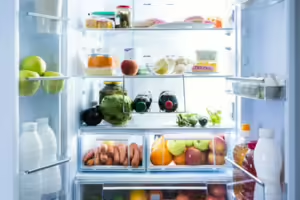
Power Outages
Long-term power outages lasting hours to weeks can be much more inconvenient than short-term outages lasting seconds or minutes. Find out what to do with perishable foods when long-term outages occur.
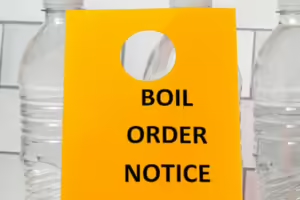
Boil Orders
Boil-water advisories are alerts from local water authorities advising you to boil tap water before drinking or using it to prevent waterborne infections. Learn more about it.

Meals Without Electricity
During power outages, it's crucial to maintain good nutrition. Learn how to prepare nutritious meals even without refrigeration or electric appliances.
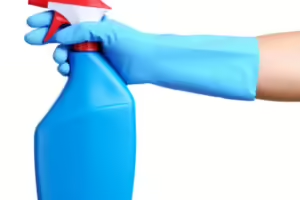
Make Your Own Bleach Sanitizer
Learn how to make disinfectant cleaner at home if unable to find it at the store. Use it to sanitize surfaces such as tables, counters, floors, doorknobs, toilets, showers, faucets and sinks.
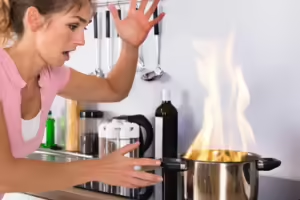
Kitchen Fires
Home fires affect 2 million Americans annually, with nearly half caused by cooking equipment. Cleaning up and deciding what food to keep can be stressful. Generally, reusing food isn't safe. Learn more about preventing and handling kitchen fires.
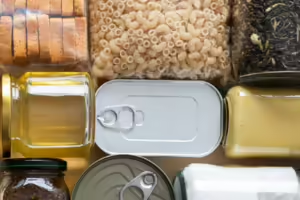
How to Build an Emergency Food Supply
Access to safe food is a major concern in any emergency or natural disaster. When preparing an emergency food supply, remember these helpful tips to help reduce stress and ensure families have access to safe and healthful foods.
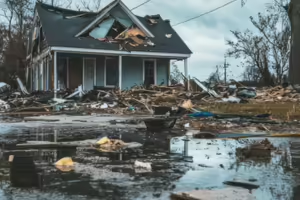
Food Safety After Floods
Flooding can affect food safety, so follow these steps to keep the family safe before and after flooding.
Garden Food
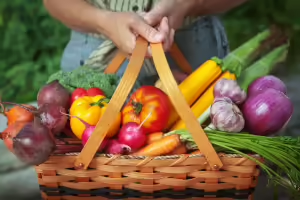
Garden Food Safety Tips
Fruits and vegetables are popular crops grown in community and home gardens. Fruits and vegetables eaten fresh without cooking should be managed with extra care to minimize contamination throughout the growing season and during harvesting.
Check out these food safety websites
Is My Meat Safe to Eat?
Foodborne illness is a serious issue. One in six Americans are hospitalized each year from foodborne disease.
Food Safety For Consumers
Find out about the latest recalls, food safety tips, information on food storage, cooking temperatures, how to handle food during natural disasters, and other helpful information to prevent foodborne illness.
